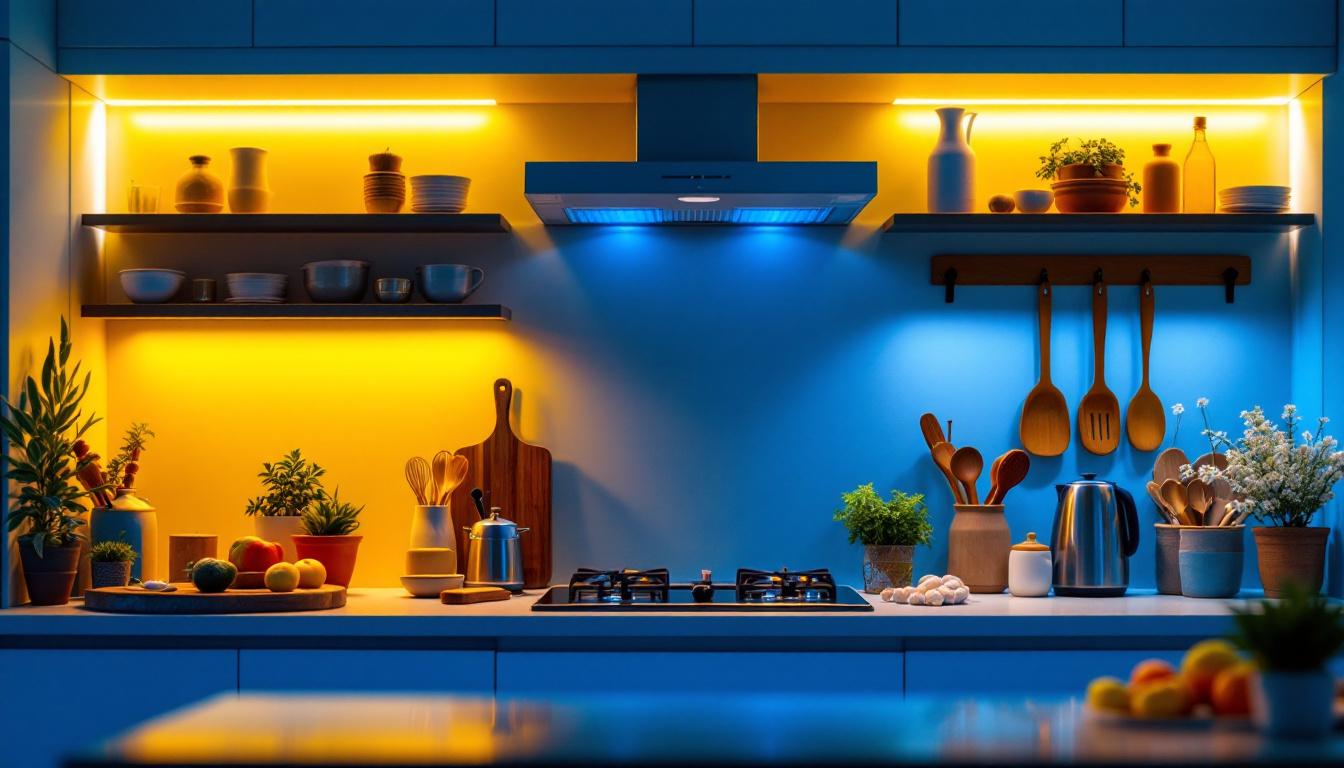
Under-cabinet lighting has become an essential feature in modern kitchens and workspaces, providing both functionality and aesthetic appeal. Lights that stick under cabinets offer a practical solution for illuminating countertops, enhancing visibility, and creating a warm ambiance. This article delves into the various aspects of under-cabinet lighting, from types and installation methods to benefits and design considerations, ensuring that lighting contractors are well-equipped to meet their clients’ needs.
Under-cabinet lighting refers to fixtures installed beneath kitchen cabinets or shelves to illuminate the workspace below. This type of lighting is particularly beneficial in kitchens, where it enhances visibility for food preparation and cooking tasks. Additionally, it can highlight decorative elements and create an inviting atmosphere. By providing targeted illumination, under-cabinet lighting helps to eliminate shadows that can obscure the details of your culinary creations, ensuring that every chop and slice is done with precision.
The fixtures can vary widely in design, size, and functionality, ranging from traditional incandescent bulbs to modern LED strips. The choice of lighting can significantly impact the overall look and feel of a space, making it crucial for contractors to understand the options available. Furthermore, under-cabinet lighting can be integrated with smart home systems, allowing homeowners to control the brightness and color temperature with ease, thus enhancing the kitchen’s versatility and functionality.
When selecting under-cabinet lights, contractors should consider the various types available. Each type has its unique characteristics and advantages:
When selecting under-cabinet lighting, several key features should be taken into account. These include:
Surface mounting is one of the most straightforward installation methods for under-cabinet lights. This approach involves attaching the fixtures directly to the underside of the cabinet using adhesive, screws, or brackets. Surface-mounted lights are easy to install and can be repositioned if necessary.
For a clean look, ensure that the fixtures are aligned properly and spaced evenly. It’s also important to consider the wiring and power source, as surface-mounted lights often require access to electrical outlets or hardwired connections.
Recessed lights are installed into the cabinet itself, providing a sleek and unobtrusive look. This method requires cutting holes into the cabinet to accommodate the fixtures, which can be more labor-intensive than surface mounting. However, the result is a clean, modern appearance that many homeowners prefer.
Contractors should ensure that the recessed fixtures are properly rated for the space, particularly in kitchens where moisture may be present. Additionally, adequate spacing between lights is crucial to avoid dark spots.
Advancements in technology have led to the development of wireless under-cabinet lighting options. These lights often use battery power or rechargeable batteries, eliminating the need for hardwired installations. Wireless lights can be easily mounted using adhesive strips or magnetic mounts, making them ideal for renters or those looking for a temporary solution.
While wireless options offer flexibility, it’s important to consider the trade-offs in terms of brightness and battery life. Ensuring that clients understand these factors can help them make informed decisions.
The primary benefit of under-cabinet lighting is improved visibility in work areas. Properly illuminated countertops make food preparation safer and more efficient, reducing the risk of accidents and mistakes. This is particularly important in kitchens where precision is key.
Moreover, enhanced visibility can also make cleaning easier, as it allows for better detection of spills and crumbs. Lighting contractors should emphasize these practical benefits when discussing options with clients.
In addition to functionality, under-cabinet lighting contributes significantly to the aesthetic appeal of a space. It can create a warm and inviting atmosphere, highlighting architectural features and decorative elements.
Using dimmable lights can further enhance the ambiance, allowing homeowners to adjust the lighting according to their mood or the time of day. Contractors can recommend specific fixtures that complement the overall design of the kitchen or workspace.
Modern under-cabinet lighting options, particularly LED fixtures, are designed with energy efficiency in mind. These lights consume significantly less energy than traditional incandescent bulbs, leading to lower electricity bills and a reduced environmental footprint.
Contractors should educate clients about the long-term savings associated with energy-efficient lighting solutions. This not only benefits the homeowner but also aligns with sustainable building practices.
The color temperature of under-cabinet lighting plays a crucial role in the overall ambiance of the space. Warmer tones (2700K-3000K) create a cozy and inviting atmosphere, making them ideal for family kitchens and dining areas. In contrast, cooler tones (4000K-5000K) provide a more modern and clinical feel, suitable for contemporary designs.
Contractors should consider the existing color palette and materials in the kitchen when recommending color temperatures. A well-thought-out lighting scheme can enhance the overall design and functionality of the space.
Achieving the right balance of brightness is essential to avoid harsh shadows that can detract from the workspace. Properly spaced fixtures can help distribute light evenly across the countertop, minimizing dark spots and ensuring that the entire area is well-lit.
Contractors should also consider the height of the cabinets and the placement of the fixtures. Installing lights too high may lead to inadequate illumination, while positioning them too low can create unwanted glare. A thoughtful approach to placement will enhance both functionality and aesthetics.
With the rise of smart home technology, integrating smart controls into under-cabinet lighting has become increasingly popular. Smart lighting systems allow homeowners to control their lights remotely, set schedules, and even adjust brightness and color temperature through mobile apps or voice commands.
Contractors should stay informed about the latest smart lighting options and consider recommending these solutions to clients looking for convenience and modernity. This can add significant value to the lighting installation and enhance the overall user experience.
Maintaining under-cabinet lighting is essential to ensure longevity and optimal performance. Regular cleaning of the fixtures can prevent dust buildup, which can diminish brightness and efficiency. Homeowners should be advised to use a soft cloth and mild cleaner to wipe down the lights periodically.
Additionally, checking for any signs of wear, such as flickering lights or unusual sounds, can help identify potential issues before they escalate. Encouraging clients to be proactive about maintenance can lead to better performance and satisfaction with their lighting solutions.
Even with regular maintenance, issues may arise with under-cabinet lighting. Common problems include flickering lights, inconsistent brightness, and complete failures. Contractors should be prepared to troubleshoot these issues effectively.
For flickering lights, checking the connections and ensuring that the bulbs are properly seated can often resolve the problem. In cases of inconsistent brightness, it may be necessary to replace the bulbs or fixtures. Complete failures may require checking the electrical connections or replacing the power source.
Under-cabinet lighting is a vital component in modern kitchens and workspaces, offering both functionality and aesthetic appeal. By understanding the various types of lights, installation methods, benefits, and design considerations, lighting contractors can provide their clients with informed recommendations tailored to their specific needs.
As technology continues to evolve, staying updated on the latest trends and innovations in under-cabinet lighting will ensure that contractors remain competitive in the market. By emphasizing the importance of quality lighting, contractors can enhance their clients’ experiences and contribute to the overall success of their projects.
Ready to elevate your lighting projects with the best under-cabinet solutions? Look no further than LumenWholesale, where we provide contractors with exceptional, spec-grade lighting products at unbeatable wholesale prices. Our extensive selection is designed to meet the highest industry standards, ensuring you deliver reliable and high-performance lighting to every kitchen and workspace. With free shipping on bulk orders, you can access premium lighting at the best value — all without hidden fees or compromises. Enhance your lighting installations with the quality, affordability, and convenience that only LumenWholesale can offer. Wholesale Lighting at the Best Value.
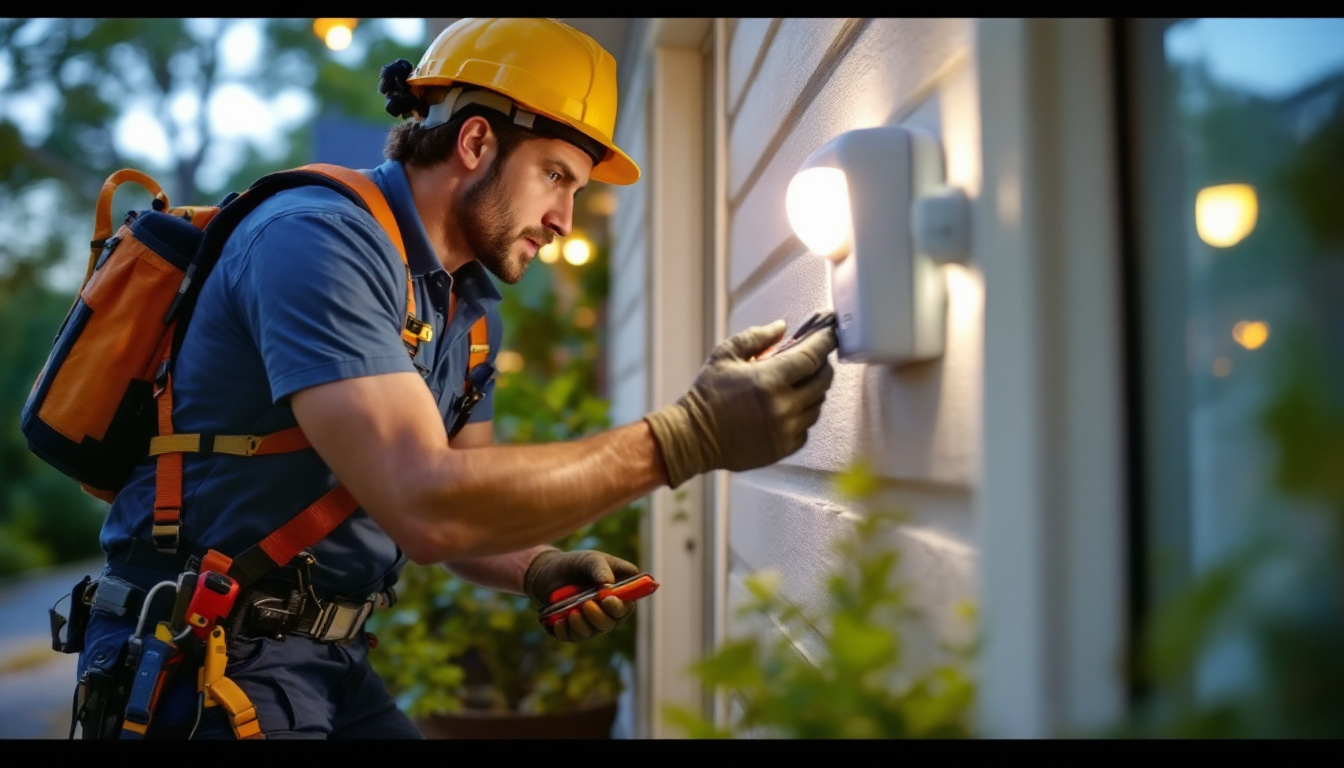
Explore the top challenges lighting contractors face when integrating motion and light sensors into projects.
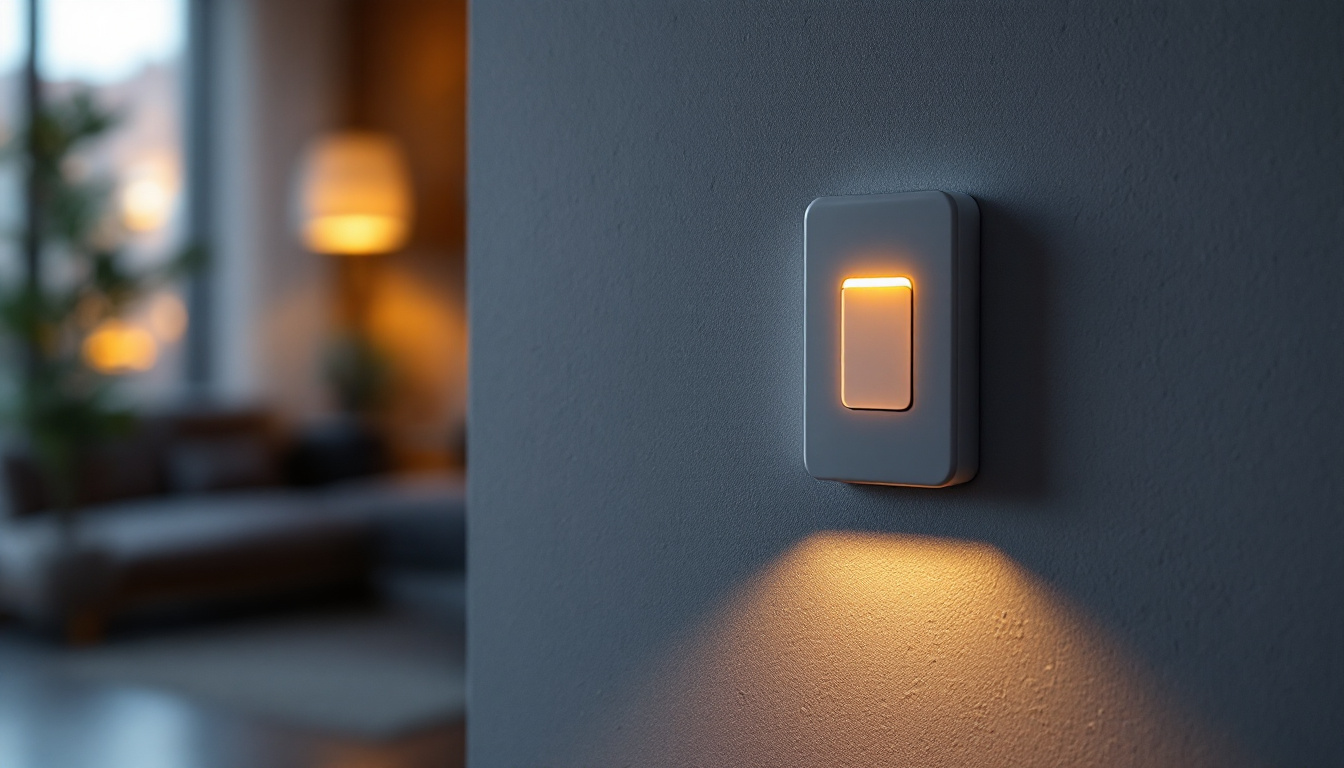
Discover how light switches with built-in illumination can enhance energy efficiency in your home.
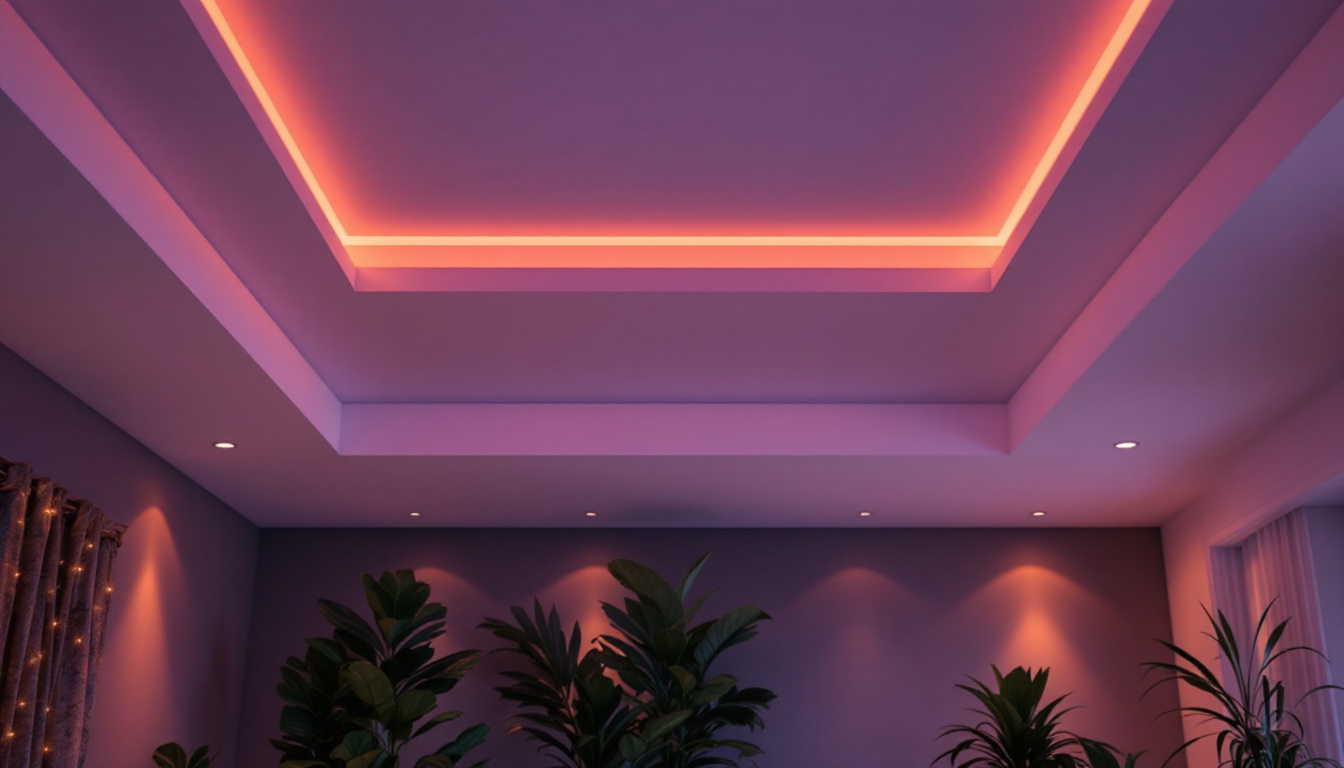
Discover why 6-inch can lights are the versatile solution your lighting project needs.
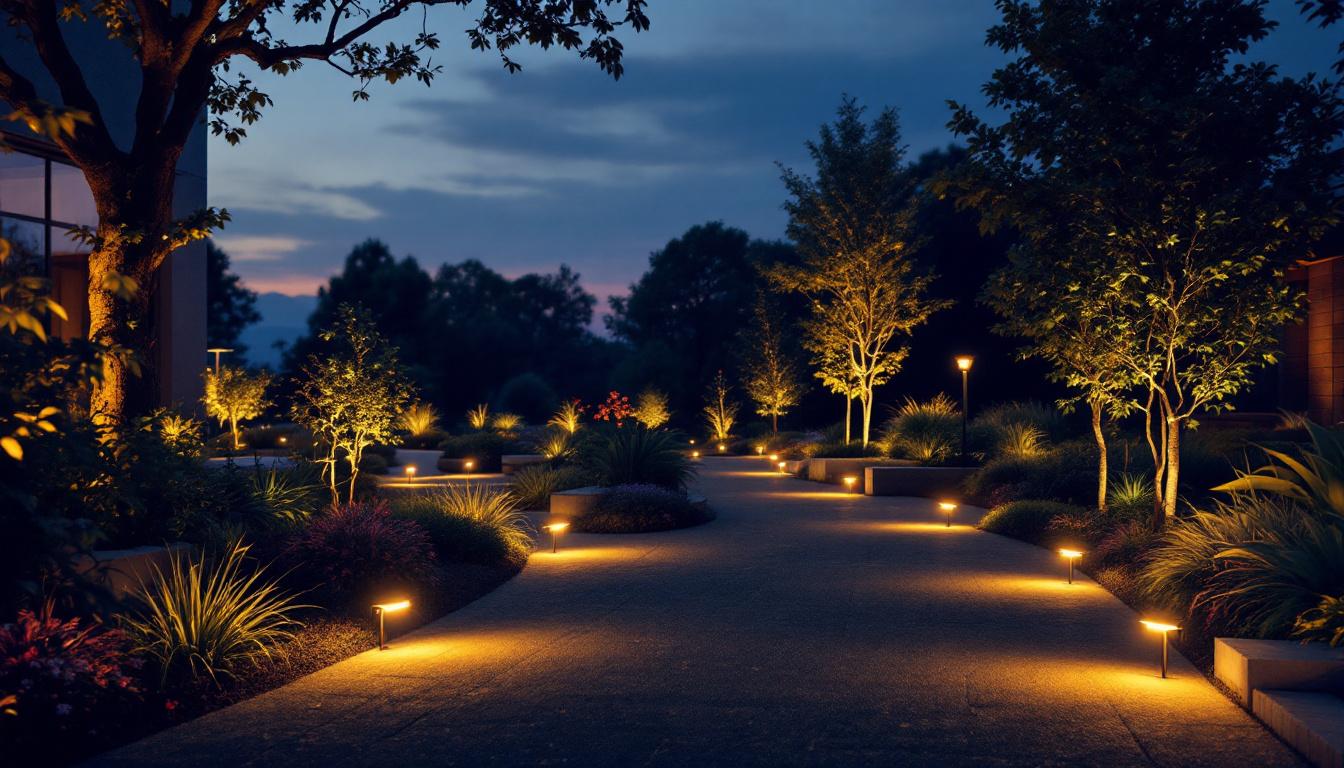
Discover the often-overlooked aspects of dusk to dawn LED outdoor lights that even seasoned lighting contractors miss.